Optimal Timing for Foundation Repairs
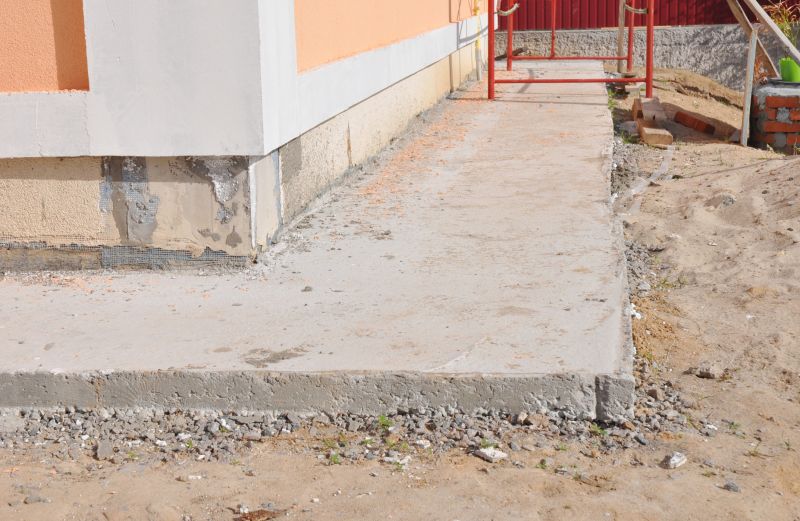
Spring offers moderate temperatures and stable moisture levels, making it an ideal time for foundation repairs.
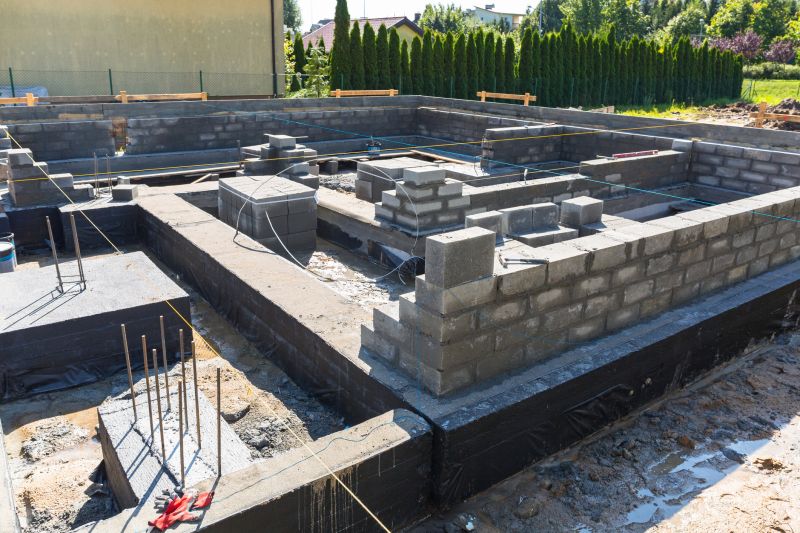
Summer's warm weather can facilitate certain repair methods, but high humidity may pose challenges.
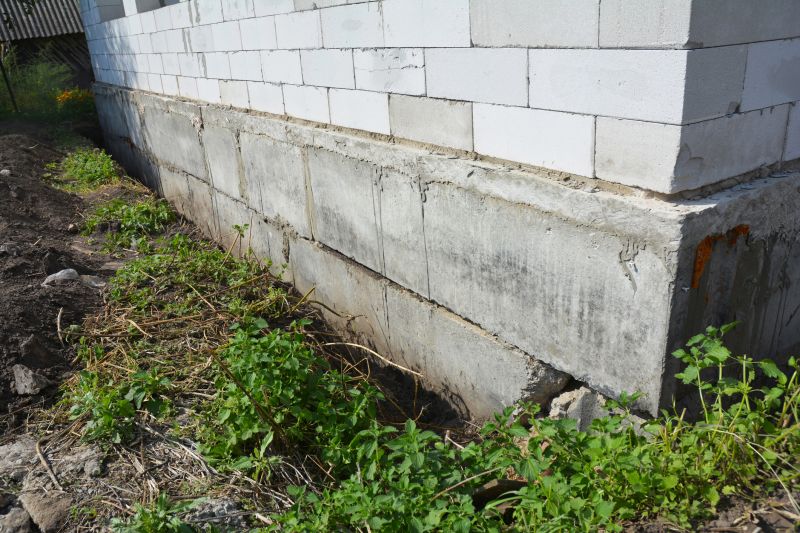
Fall provides cooler temperatures and less rainfall, which can be beneficial for repair projects.
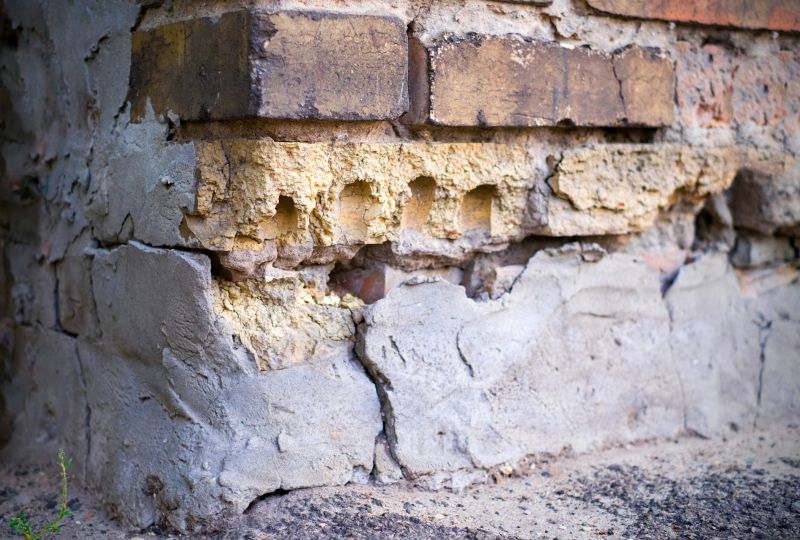
Winter conditions often include freezing temperatures and snow, which can delay or complicate repairs.
Foundation repairs are essential for maintaining the structural integrity of a building. Addressing issues promptly can prevent further damage and costly repairs. The timing of repairs can influence their effectiveness and duration. Optimal conditions typically involve moderate temperatures and minimal moisture fluctuations, which are most common during spring and fall. Extreme weather conditions, such as freezing temperatures or excessive heat, can hinder repair work or affect the materials used.
Cracks in walls, uneven floors, and sticking doors may indicate foundation issues requiring repairs.
Methods include piering, mudjacking, and underpinning, tailored to the specific foundation problem.
Weather conditions, soil type, and the extent of damage influence the best time for repairs.
Proper planning and assessment ensure repairs are effective and completed efficiently.
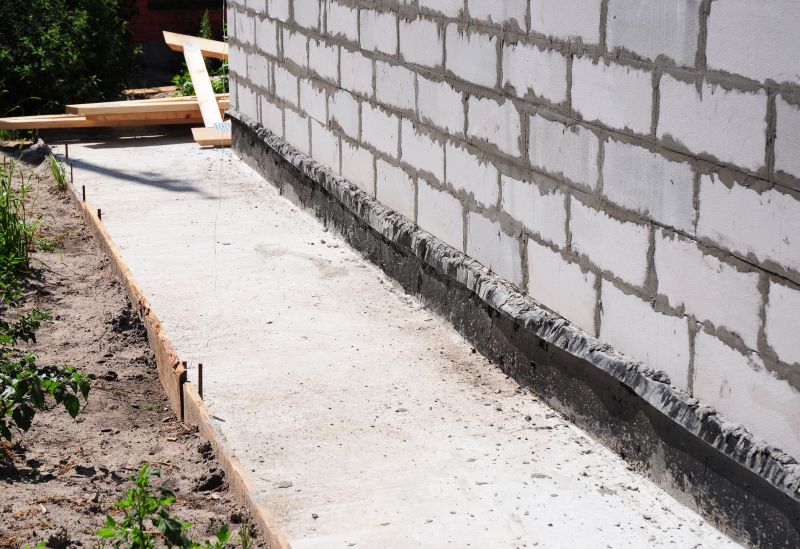
A typical repair involves assessment, excavation, and stabilization techniques.

Heavy machinery, hydraulic jacks, and underpinning systems are common tools.
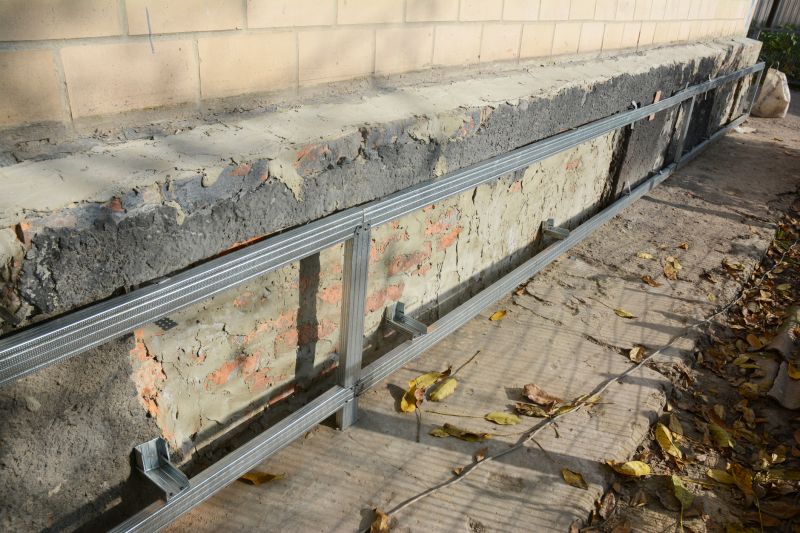
Visual evidence of structural improvements post-repair highlights effectiveness.
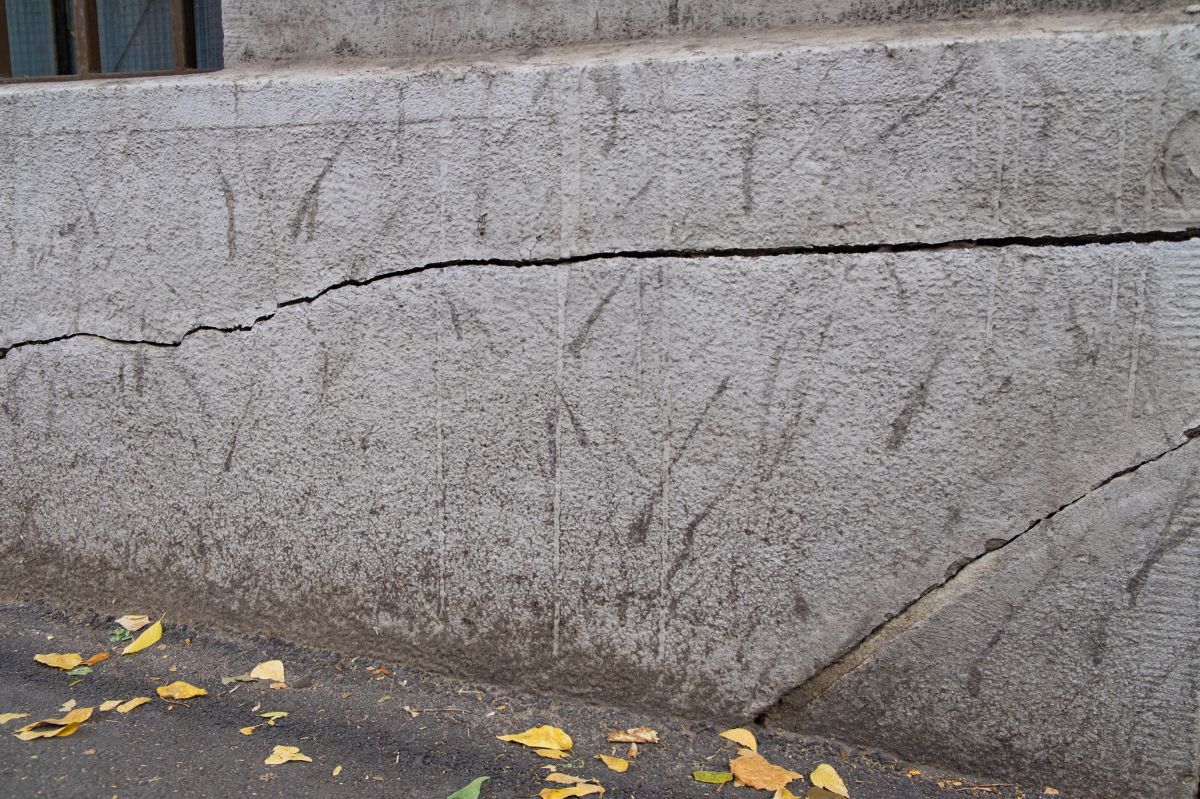
Cracks can indicate settlement or shifting, requiring professional evaluation.
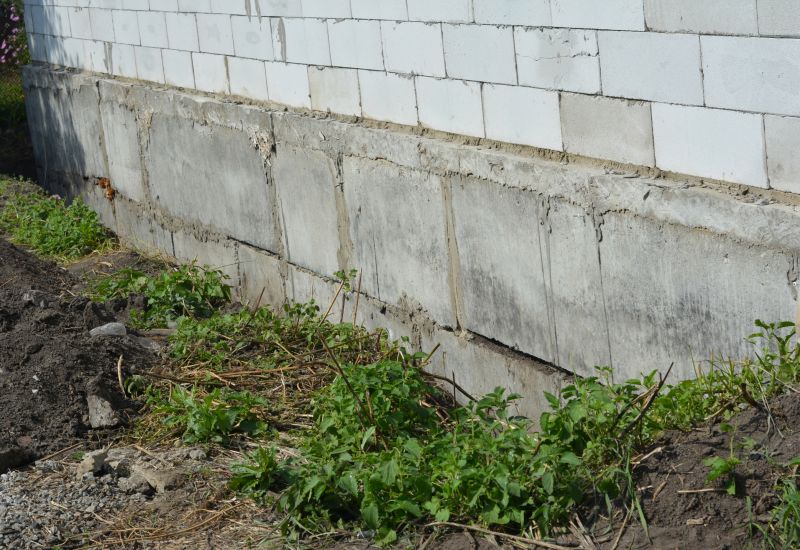
Clay, sandy, or loamy soils impact foundation movement and repair strategies.
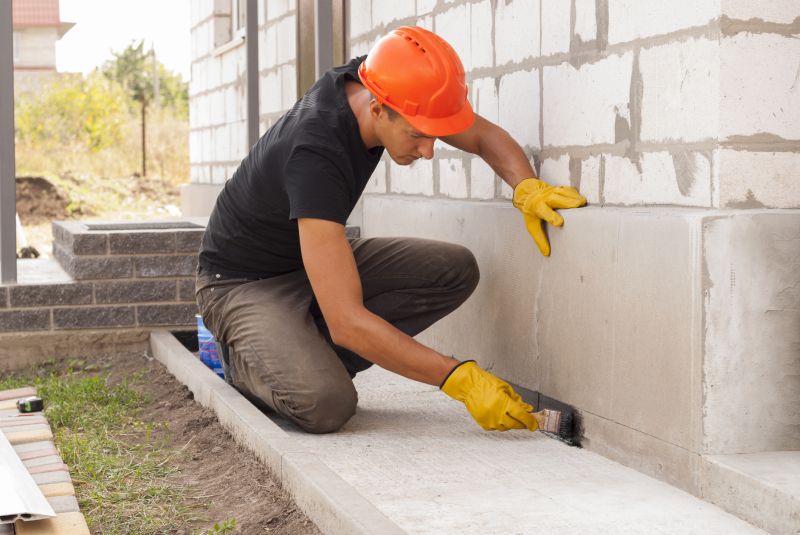
Protective gear and safety measures are essential during repair work.
| Season | Optimal Conditions for Foundation Repairs |
|---|---|
| Spring | Moderate temperatures and stable moisture levels |
| Summer | Warm weather; watch for high humidity |
| Fall | Cooler temperatures and dry conditions |
| Winter | Freezing temperatures and snow can delay repairs |
Understanding the optimal timing for foundation repairs can help ensure that repairs are durable and effective. Planning repairs during seasons with favorable weather conditions minimizes delays and enhances the quality of work. Proper assessment and scheduling can lead to better outcomes and reduce the likelihood of future issues.

Specialized tools and machinery are used to stabilize and lift foundations.
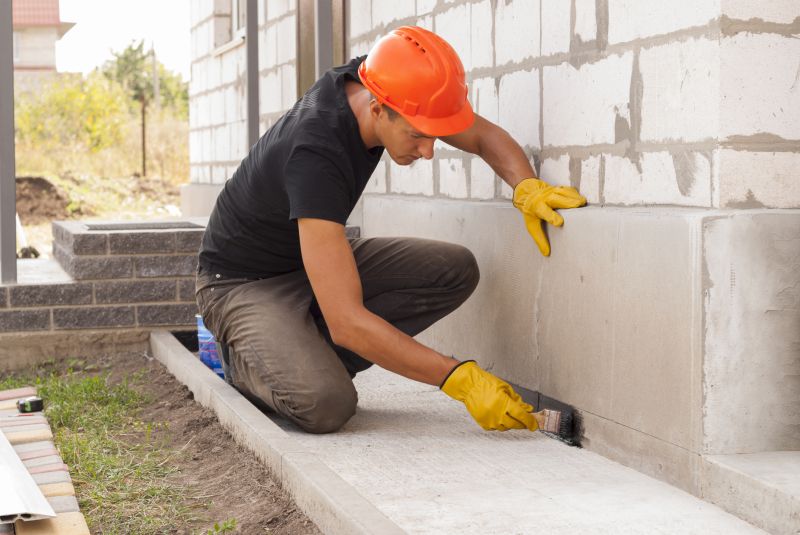
Sealing and reinforcement techniques restore structural integrity.
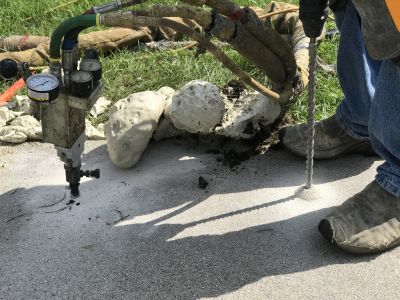
Injecting grout or other materials to prevent future shifting.
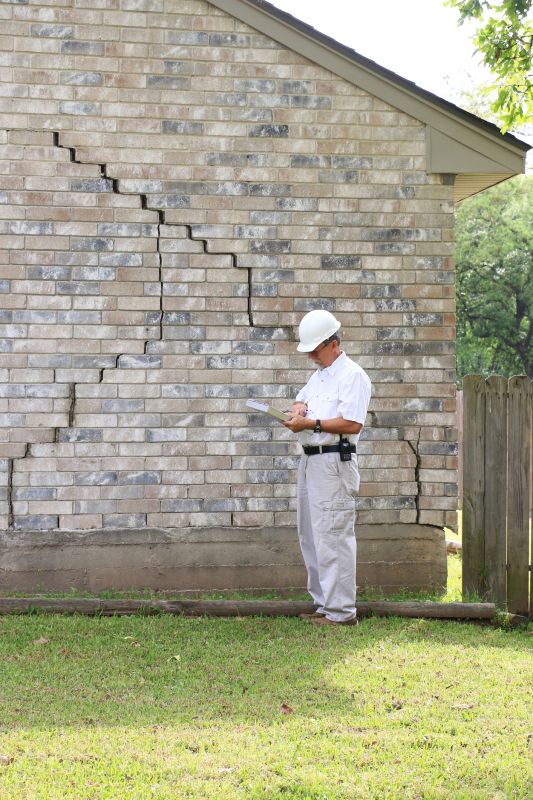
Ensures repairs have stabilized the foundation effectively.
Timely foundation repairs are crucial for maintaining the safety and value of a property. Recognizing the best seasons for repair work can facilitate smoother project execution and long-lasting results. Consulting with foundation specialists can provide tailored advice based on local climate and soil conditions.
Interested in foundation repair services? Fill out the contact form for more information.

